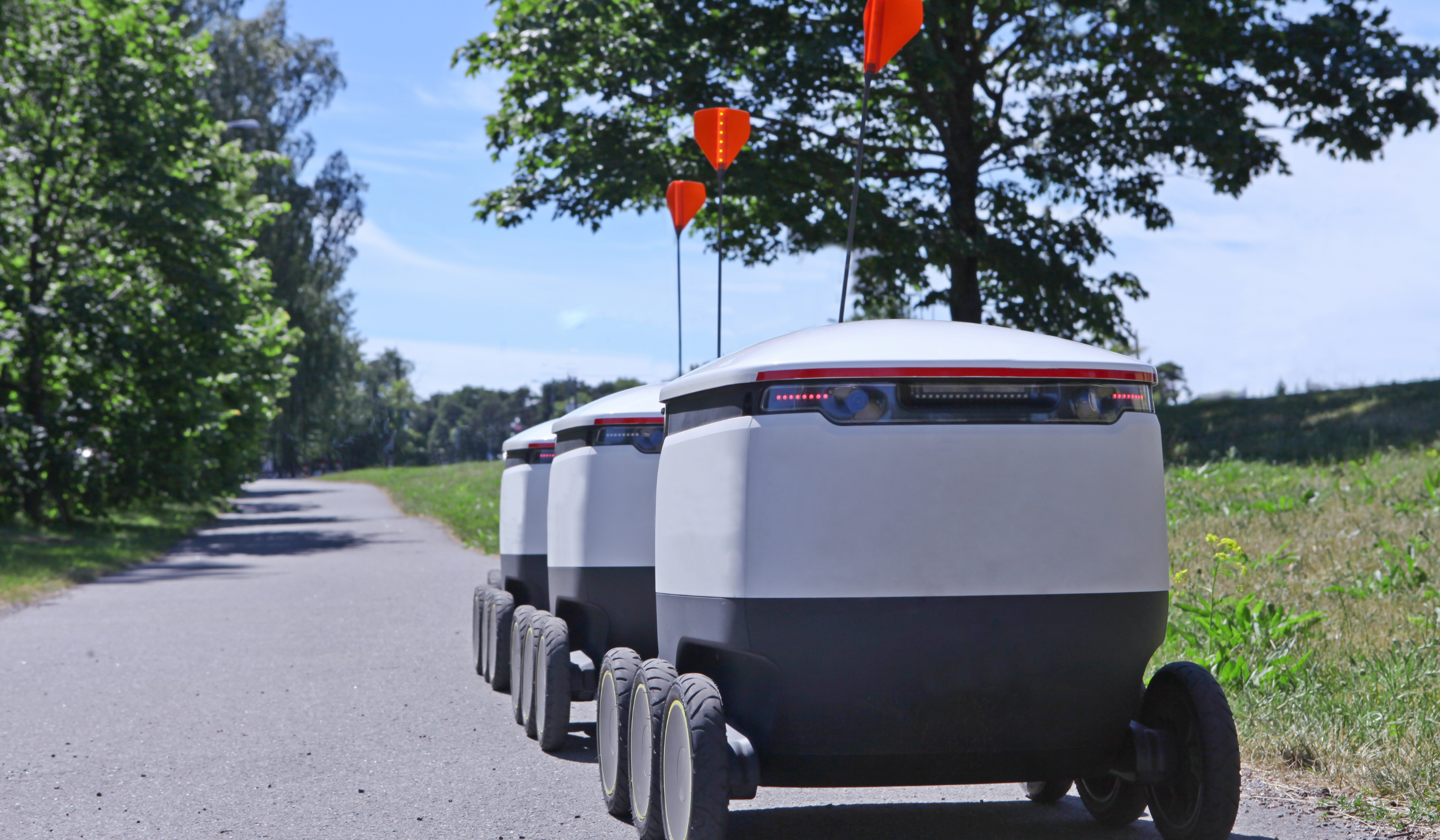Electronic Assembly Using Force Sensing

Posted on Jul 02, 2015 12:06 PM. 3 min read time
Robots have recently been making inroads into electronic assembly. The major reason why they were kept away from these high tech assembly lines for so long was because in the past they were not precise enough and couldn't handle fragile parts without crushing them. Now with robotic technology getting better and better, electronic manufacturers are starting to introduce robotics to their assembly lines. Here's an example of what can be done with these devices.
Demo
As you can see in the video below, the robot is inserting a battery and adding a cover to a cellphone casing. The application is using a force torque sensor to monitor the minimum amount of force applied to the setup. The same principle applies that you would use if you were doing it manually, since you would use your fingers to feel the insertion of the battery in the casing. In this case (pun intended) the robot is actually receiving force feedback to acquire the equivalent of feeling the exact (well for the robot) same thing as you. The cell is also using a suction cup to grasp the battery and casing.
The cycle is quite intuitive for a human worker, however, for a robot, it is different. To give the sense of touch with such low forces, you need to have a sensor that is able to read very small force differentials and have a good resolution. As you can see in the video, once the battery is grasped, the robot inserts it at a certain angle to allow the battery to clip into the cellphone case. Once the first side of the battery has touched the first side of the casing, the sensor sends a signal to say ''we are in the casing''. This signal is determined by a force threshold that has been set in the robot program. Once this threshold has been reach, the robot tilts the battery to insert it (clipping it). Once this operation is completed, the exact same routine is applied for the cover with different positioning and force thresholds.
This demo also shows how hand-guiding applications can be done using force torque sensors. The operator can guide the robot tool to a given position and record a point in the robot program that will become part of the robot path. This means that the classic way of programming the robot using code is not even an option. You simply have to teach points to the robot to optimize its path to create a functional robot routine.

Devices
A Robotiq FT 150 Force-Torque Sensor is used to detect the force and torque applied on the cellphone frame. This device has a +/- 150N measuring range and 0.5 N signal noise variance which means that it is capable of determining different forces with a fairly high resolution. Because the sensor is digital it is also immune to external noise which means that it can be more accurate as these fluctuations do not influence its readings.
In this demo the end-of-arm tool is a suction cup. These devices are largely used in electronic assembly with parts that are relatively smooth and flat. Because the cup is silicone rubber based it can adjust and compensate if the force applied by the robot is too high without destroying the small fragile part.
The robot used in the demo is a Universal Robots, UR5. The robot is mostly used because of its easy programming features and because it can be operated without any guarding. The fact that the robot can be hand-guided also provides a good advantage since it simplifies working with the robot.
The software used to create this demonstration has been developed by our friends at Artiminds. They implement different kinds of software solutions for robotic cells. They also develop software for specific industrial applications and in their spare time, since they love playing with robots, they just threw together this project to light up candles. It is really quite impressive and shows a lot of robot precision and dexterity, you should watch this video.
What's next?
Well, I’m kind of hoping that this means electronic manufacturers will be lowering the price of cellphones! Seriously, this demo has big potential in terms of the number of applications that it can apply to. In fact, if you shrink this application you can use the robotic cell to insert chips into cellphones or even smaller parts. Using the smaller UR3, a force-torque sensor and other end-of-arm tools you can solve a bunch of manufacturing problems in a world with a hard to find workforce.








Leave a comment